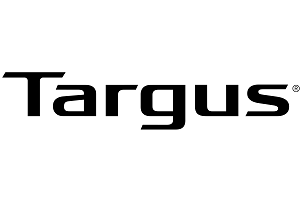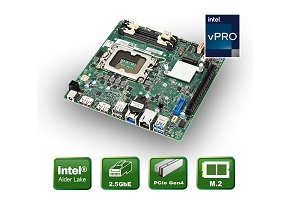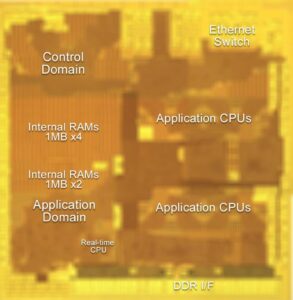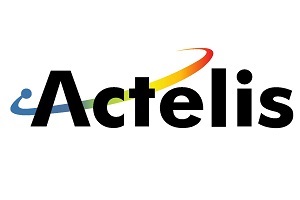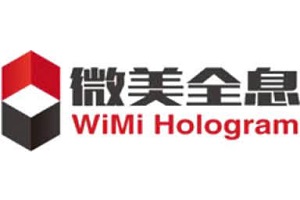
WiMi Hologram Cloud Inc., a global hologram augmented reality technology provider, has announced the development of a novel fog architecture for IoT sensing and actuation as a service (SAaaS), a scalable and fault-resistant layered fog architecture. The main goal of this architecture is to enhance the SAaaS performance of IoT by introducing a failure-resistant layer of fog nodes between the cloud and IoT devices.
This architecture is referred to as a multi-layer/layered architecture. WiMi’s novel layered fog architecture can be called sensor and actuator service layered fog delivery. It is more fault-resistant and maintains network connectivity by reassigning tasks from the failed node to the nearest active node.
The architecture keeps track of user-pre-specified instructions. These instructions are closer to the end-user IoT device terminals, speeding up the generation of drive commands. In the case of overload, such nodes can offload their monitoring responsibilities to their parent nodes.
This new fog architecture can operate under a diverse ecosystem and properly manage observation and drive requests. In addition, its infrastructure is highly virtualised, allowing multiple users to use the same physical layer components simultaneously, thereby reducing service costs. Fog computing is leveraged to handle some IoT and cloud tasks that are geographically closer to the data source rather than relying exclusively on remote cloud data centres.
Due to the high volume of sensed data generated by IoT sensors, fog nodes can be overloaded. To avoid delays in driving command generation, the architecture monitors user-specified situations in the fog layer and allows each fog node to offload monitoring to its parent when overloaded, preventing fog nodes from overloading to reduce action latency.
WiMi establishes multi-layer fog nodes between the cloud and IoT devices in SAaaS, which enables fault feedback schemes. The failure of information sending and feedback is avoided by reassigning the task of the faulty fog node to the nearest connected fog node in the same layer or to the parent node of the faulty node.
WiMi compares the number of lost messages for SAaaS with/without layered fog (fault redistribution, pre-specified situations in fog nodes, and offloading) based on computation/communication latency and observation and drive commands in different scenarios (number of users, sensors, actuators, and zones) by using a fog simulator for evaluation. Redistribution in case of failure prevents lost messages and maintains network connectivity, improving fog applications’ security stability and response rate.
Comment on this article below or via Twitter: @IoTNow_OR @jcIoTnow
- SEO Powered Content & PR Distribution. Get Amplified Today.
- PlatoData.Network Vertical Generative Ai. Empower Yourself. Access Here.
- PlatoAiStream. Web3 Intelligence. Knowledge Amplified. Access Here.
- PlatoESG. Automotive / EVs, Carbon, CleanTech, Energy, Environment, Solar, Waste Management. Access Here.
- BlockOffsets. Modernizing Environmental Offset Ownership. Access Here.
- Source: https://www.iot-now.com/2023/07/12/132847-wimi-hologram-cloud-developed-novel-layered-fog-architecture-for-iot-saaas/
- :has
- :is
- $UP
- a
- Action
- active
- addition
- Allowing
- allows
- and
- announced
- architecture
- ARE
- article
- AS
- augmented
- Augmented Reality
- avoid
- avoided
- based
- BE
- below
- between
- by
- called
- CAN
- case
- centres
- closer
- Cloud
- components
- computing
- connected
- Connectivity
- Costs
- data
- data centres
- delays
- delivery
- developed
- Development
- device
- Devices
- different
- diverse
- drive
- driving
- each
- ecosystem
- enables
- enhance
- establishes
- evaluation
- exclusively
- Failed
- Failure
- faulty
- feedback
- Fog
- For
- from
- generated
- generation
- Global
- goal
- handle
- High
- highly
- Hologram
- HTTPS
- improving
- in
- information
- Infrastructure
- instructions
- introducing
- iot
- IoT Device
- iot devices
- IT
- ITS
- jpg
- Latency
- layer
- layered
- lost
- Main
- maintains
- manage
- messages
- monitoring
- monitors
- more
- multiple
- network
- New
- news
- node
- nodes
- novel
- now
- number
- of
- on
- operate
- or
- performance
- physical
- plato
- Plato Data Intelligence
- PlatoData
- preventing
- prevents
- properly
- provider
- Rate
- rather
- Reality
- reduce
- reducing
- referred
- relying
- remote
- Reports
- requests
- response
- responsibilities
- same
- scalable
- scenarios
- schemes
- security
- sending
- sensors
- service
- simulator
- simultaneously
- situations
- some
- Source
- Stability
- such
- Task
- tasks
- Technology
- than
- that
- The
- their
- thereby
- These
- this
- to
- track
- under
- use
- users
- using
- via
- volume
- when
- which
- zephyrnet
- zones







